The wind was blowing hard on a November 2007 afternoon.
When Mohammad Alamin Khan’s father told him to fetch some items from the market, he left on his bicycle.
Famous for its unique mangrove vegetation, the Sundarbans, the largest continuous mangrove vegetation in the world, covers over 10,000 kilometers along the Bay of Bengal.
After collecting the items, he did not return immediately but spent time with his friends from Bagerhat district in Bangladesh’s Sundarbans.
But the situation rapidly changed: Cyclone Sidr – a category four storm – hit the coasts of Bangladesh and India.
The Sundarbans run from the Hooghly River in India’s West Bengal to Bangladesh’s Baleswar River, with 60 percent of the area in Bangladesh and the remaining in India. It is crisscrossed by rivers and other water channels.
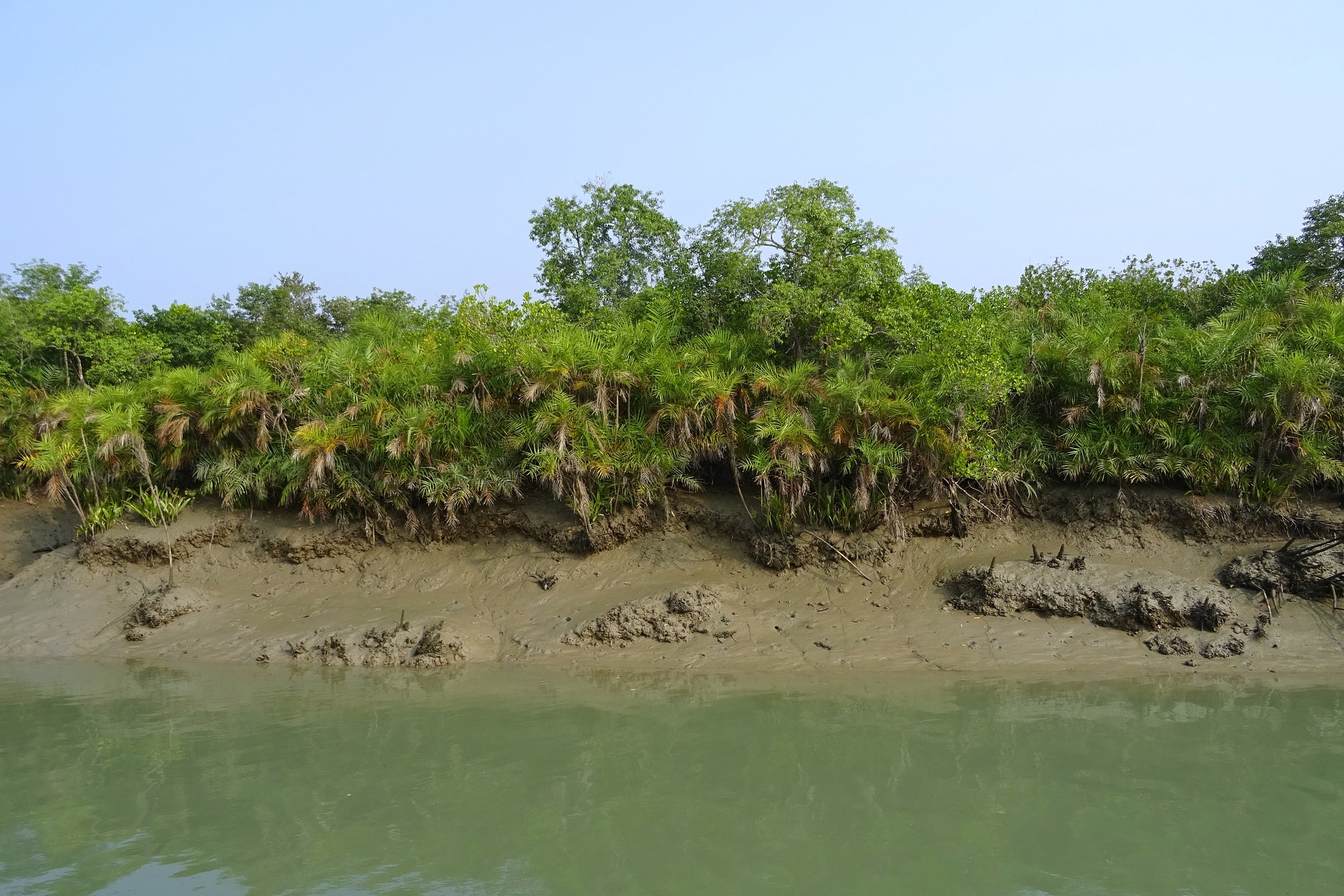
Famous for its unique mangrove vegetation, the Sundarbans, the largest continuous mangrove vegetation in the world, covers over 10,000 kilometers along the Bay of Bengal.
It is home to a wide range of vegetation and the Royal Bengal tigers.
When Sidr made landfall, Bagerhat was among the most affected districts.
“I found my mother’s body after two days and my father’s body after two months. So many people could not even bury their family members.”
The cyclone affected 8.9 million people, and the estimated damages and losses amounted to 1.67 billion dollars.
When the storm receded, and Khan decided to leave the market, he could not see the road or the trees.
He could only see water.
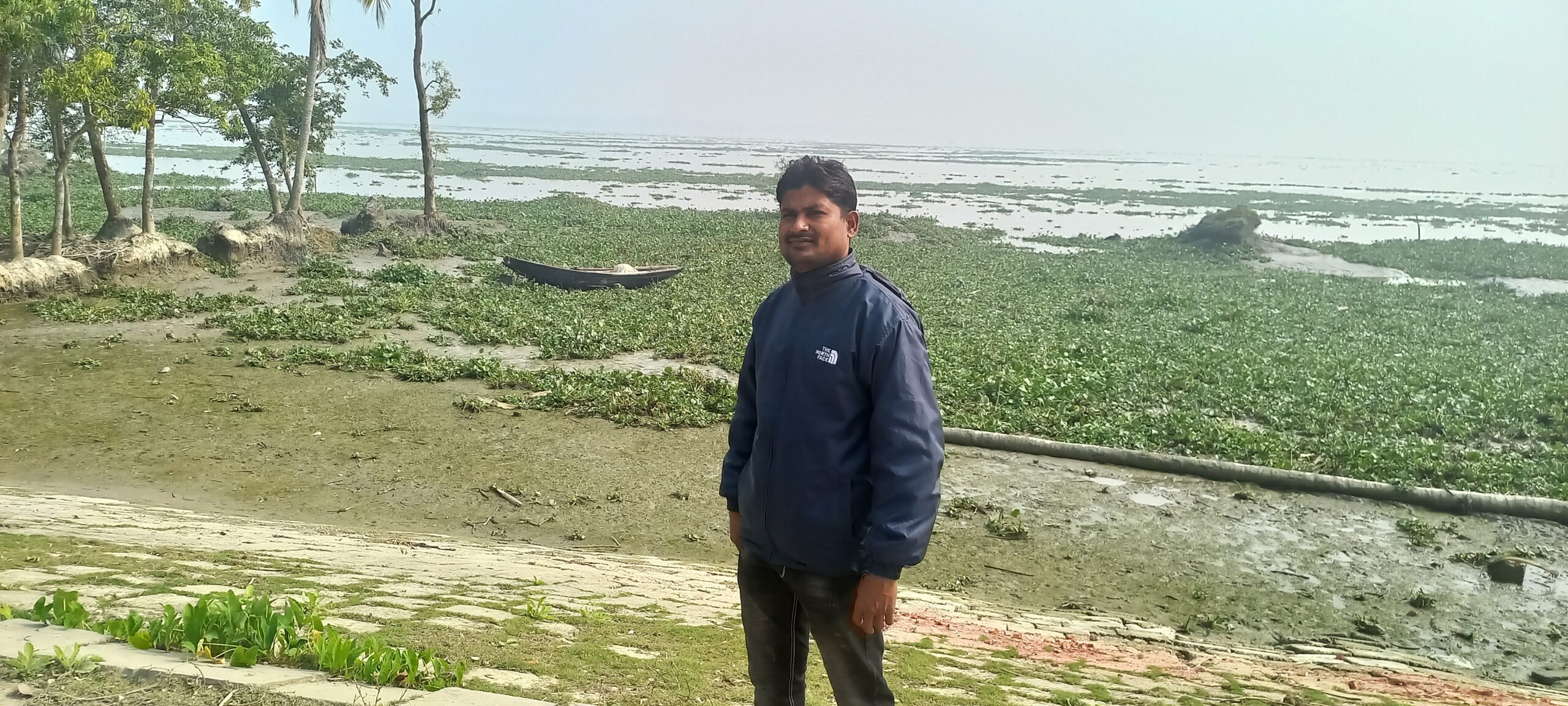
“I saw water, floating dead bodies, and carcasses of animals,” said Khan.
Khan had his first meal – a humble panta bhaat (fermented rice) – three days after Sidr devastated his life and thousands of others whose family members died or remained missing.
“I found my mother’s body after two days and my father’s body after two months. So many people could not even bury their family members,” he recalled.
Bangladesh has frequently witnessed tropical cyclones, storm surges, and floods.
Drinking water was also a luxury for the survivors.
“It has taken me years to feel myself again and lead a normal life,” said Khan.
Two years after Sidr, Cyclone Aila hit the Sundarbans.
Each cyclone leaves long-lasting damage to the life and property of the people living in the ecologically fragile Sundarbans.
Sundarbans have always been vulnerable to extreme weather events.
Bangladesh has frequently witnessed tropical cyclones, storm surges, and floods.
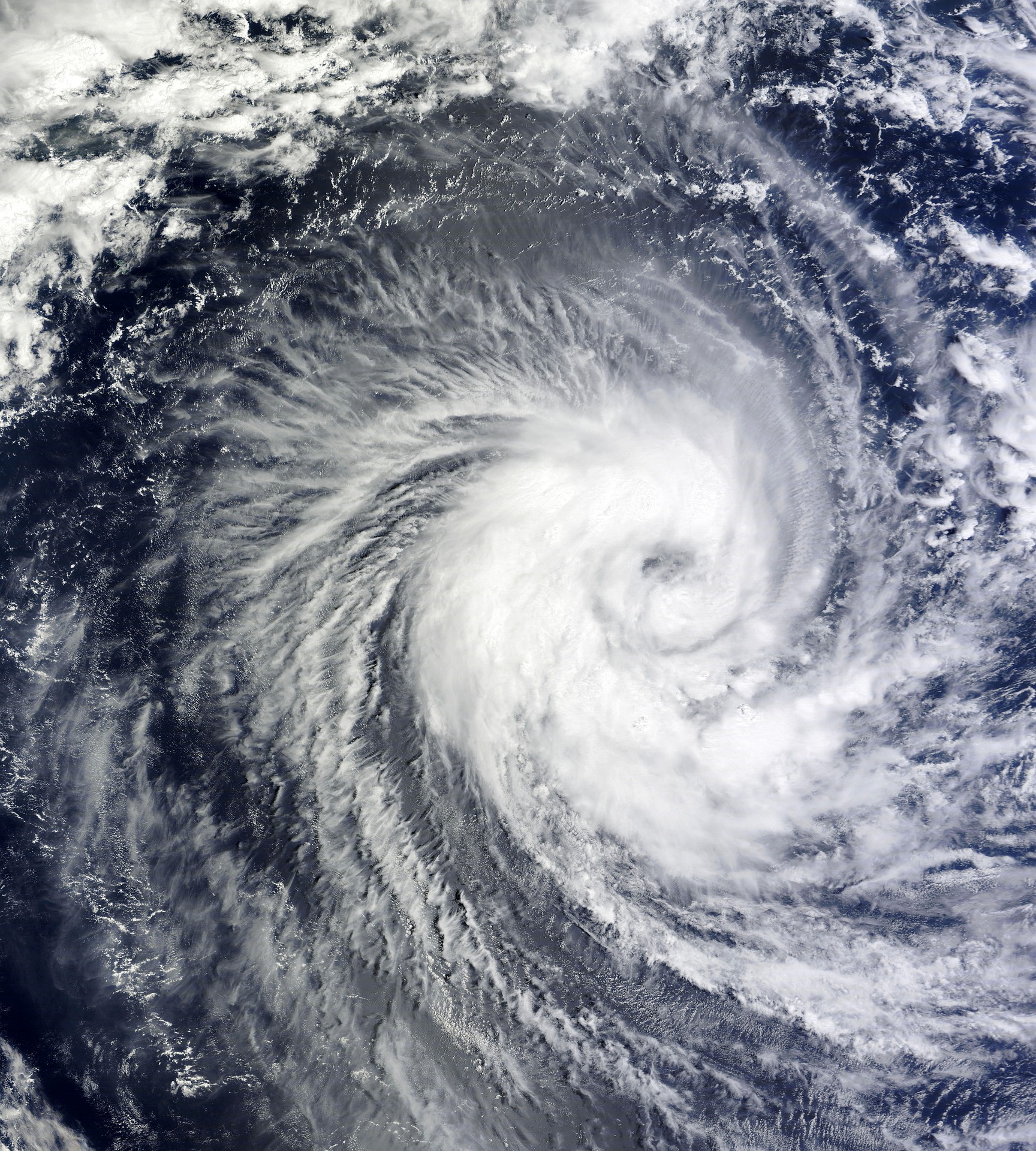
In recent years, reports have termed West Bengal’s Sundarbans as the “cyclone capital of India.”
The region has witnessed both slow and rapid onset of events, with the local population constantly grappling with multiple losses — losing their family members, housing, cattle and livelihood, and agriculture.
The climate crisis will likely intensify storms in the Sundarbans and lead to sea-level rise, one of the biggest threats to the Sundarbans.
“Deeper ecological knowledge through long-term ecological monitoring would strengthen a science-based protected area management to adapt to the changing conditions.”
A report by the United Nations Office for Disaster Risk Reduction observed that “the concurrence of Covid-19 and a tropical cyclone created cascading risks that led to worrying long-term effects” on India’s Sundarbans.
People around Sundarbans depend on agriculture, fishing, and minor forest products.
With these activities being climate-sensitive, the population remains vulnerable to livelihood distress due to ecological factors.
With increasing poverty, women, children, and the elderly remain disproportionately affected.
Raquibul Amin, country representative of the International Union for Conservation of Nature (IUCN) Bangladesh, observed there need to be systemic solutions for the thousands of people living around the Sundarbans.
“Deeper ecological knowledge through long-term ecological monitoring would strengthen a science-based protected area management to adapt to the changing conditions,” said Amin.
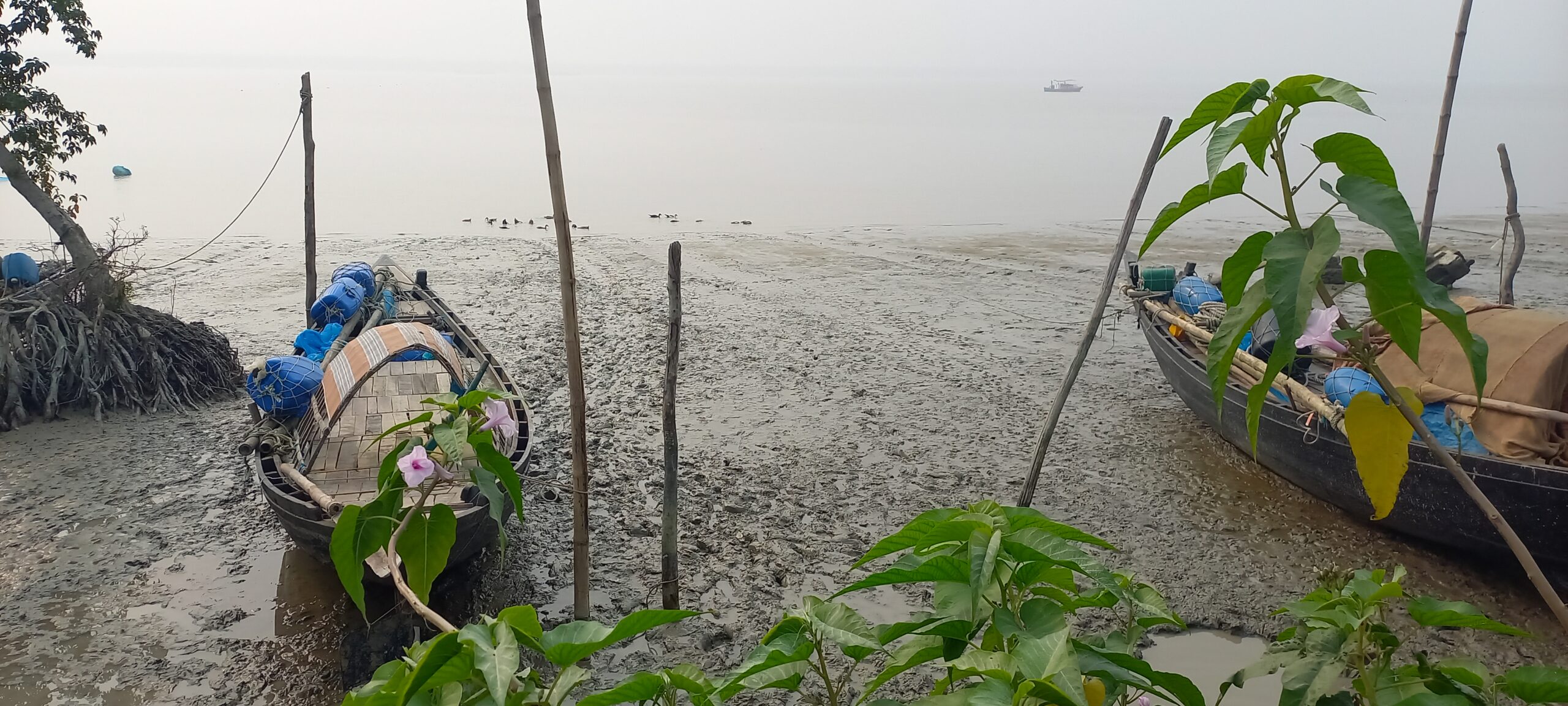
The document titled Bangladesh Sundarbans Delta Vision 2050 by the IUCN observed that “future threats from long-term climate change induced sea-levels rise, salinity intrusion and pollution from various sources could further adversely affect the mangrove ecosystem and reduce livelihood opportunities in the delta in the coming decades.”
It also pointed out that the current management practices for natural resources in the Sundarbans, which focus on forestry management, have not “ensured the sustainability of the resources.”
Women and children bear the burden
The repeated cyclones have led to increased breaches of embankments, salinity intrusion, and low agricultural productivity.
With increasing poverty, women, children, and the elderly remain disproportionately affected.
“With men migrating out of the Sundarbans, women typically become responsible for securing food at households through existing agricultural resources.”
“Women interact with nature more frequently than men. For example, they fetch water for household activities, including cooking. Men also are migrating out in large numbers. Women’s roles are being redefined in the Sundarbans,” said health economist Barun Kanjilal, who has extensively worked on the Sundarbans. “The related climatic shocks are leaving the population more vulnerable daily.”
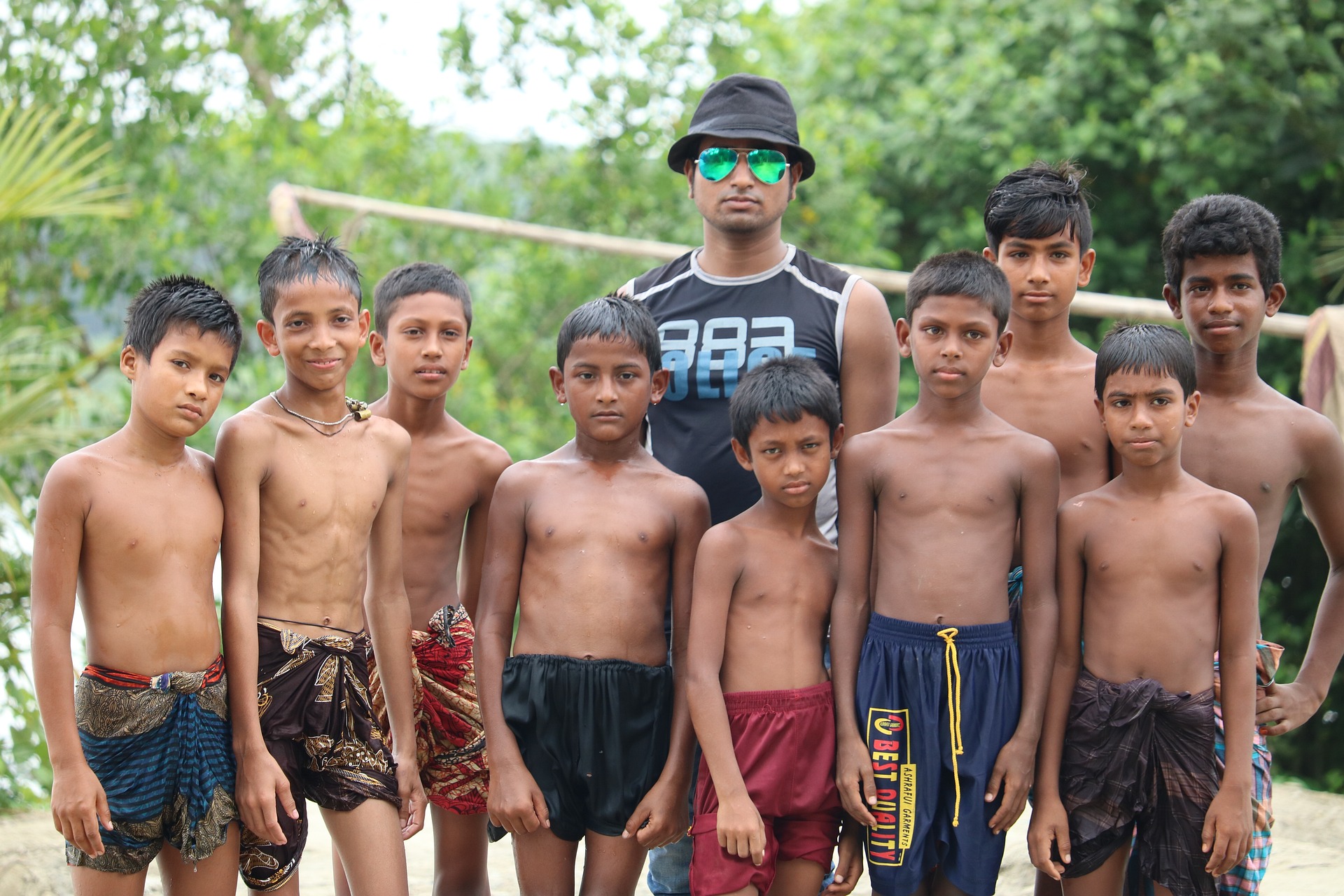
A 2013 study How Healthy are the Children of Indian Sundarbans? There was a huge gap in protecting child health rights in the Sundarbans.
“The key challenges to make the system more responsive to children’s basic health needs are influenced by several factors working within the following five domains: climate, topography, society, livelihood and formal health care structure…The time has now come to acknowledge the uniqueness of the health care needs of this region and focus on them with special attention,” the report observed.
Women typically skip meals
Social anthropologist Upasona Ghosh points out that food security remains one of the biggest challenges in the Sundarbans due to the climate crisis.
“With men migrating out of the Sundarbans, women typically become responsible for securing food at households through existing agricultural resources,” she said, adding that women typically skip meals to secure food for their children.
Providing adequate social safety measures
“There is no comprehensive data to measure the extent of hunger in the Sundarbans. We should look for alternatives for upskilling women and providing adequate social safety measures to bring transformational changes in the Sundarbans,” he said.
“Bangladesh has come up with interventions like giving vocational training to women. There is huge scope for the two countries to learn from each other.”
_______________________________________________________________________________________________
Ritwika Mitra is an independent Indian journalist writing on the intersection of climate crisis, gender, caste, and human rights. Her bylines have appeared in The Fuller Project, Foreign Policy, Waging Nonviolence, Open Democracy, The Polis Project, The Wire, Fifty Two, Article 14, and BehanBox.
